Domain Eukaryota Subfamily Eucheumatoideae Rank Genus | Scientific name Eucheuma Higher classification Solieriaceae | |
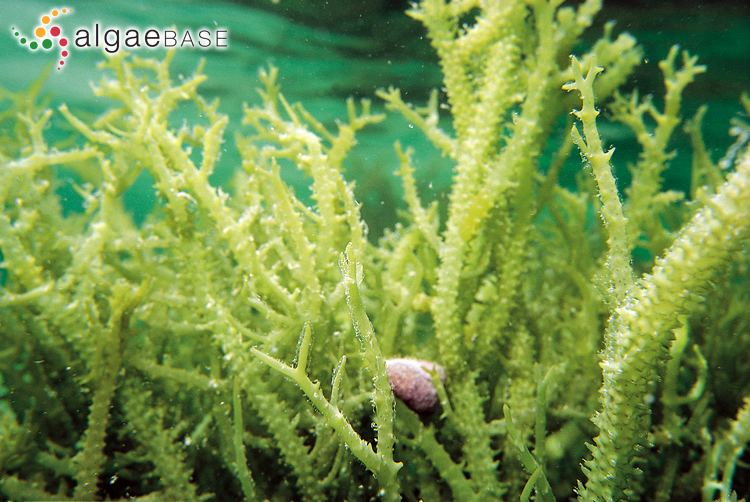 | ||
Similar Kappaphycus, Gracilaria, Red algae, Kappaphycus alvarezii, Gelidium | ||
Sea bird nest eucheuma cottonii how to plant dato ee xin ang
Eucheuma or guso in the Philippines, is a group of red seaweeds/seaplants representing the subfamily Eucheumatoideae used in the production of carrageenan, an important product used in cosmetics, food processing, and industrial uses, as well as a food source for those living in Indonesia and the Philippines. Eucheuma cottonii is the particular species cultivated in the Philippines known as guso. Some of the most significant species include Betaphycus gelatinae, Eucheuma denticulatum, and several species of the genus Kappaphycus including K. alvarezii. Since the mid-1970s, Kappaphycus and Eucheuma have been the major source for the expansion of the carrageenan industry.
Contents
- Sea bird nest eucheuma cottonii how to plant dato ee xin ang
- Eucheuma cottonii seaweed preparation
- Distribution
- Habitat and biology
- Commercial aspects
- Production techniques
- Issues with Eucheuma farming
- References
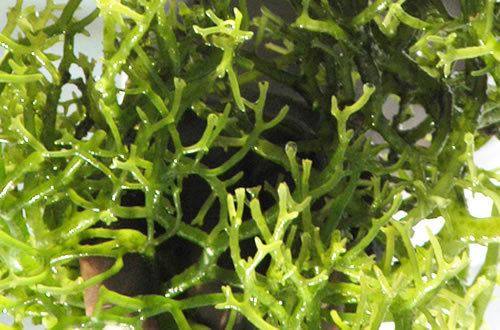
Though commercially significant, species of eucheuma are difficult to identify without the aid of close scientific examination, as different species may have very similar morphologies. It is assumed that eighteen to twenty species alone fall within the genus Eucheuma, represented by the groups Cottoniformia, Eucheuma, Gelatiformia, and Anaxiferae.
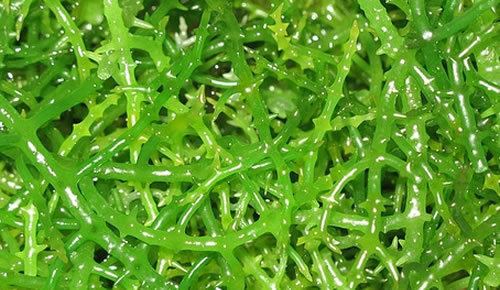
Eucheuma cottonii seaweed preparation
Distribution
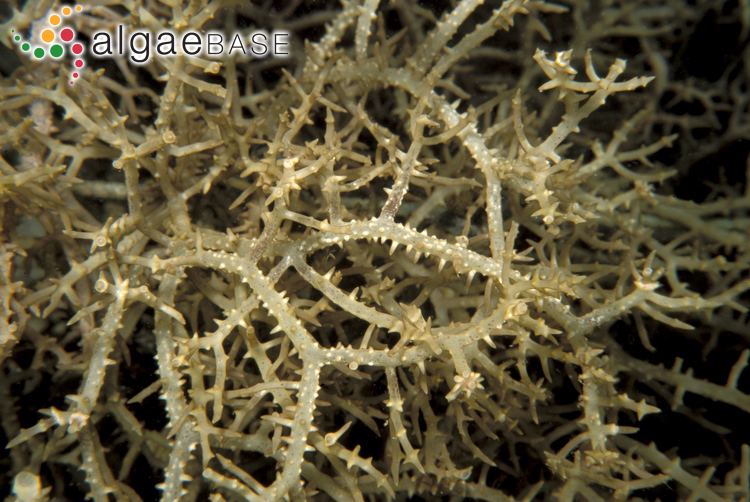
Eucheuma are naturally found within the range of 20 degrees either side of the Equator in the Indo-Pacific region from eastern Africa to Guam, and are most concentrated in the Southeast Asian Region. A few species are found on Lord Howe Island and in southwestern Australia.
As an important commercial crop, eucheuma has since been moved to a number of regions away from their original natural habitats, including Japan, Hawaii, and island nations in the South Pacific.
Habitat and biology

Eucheuma are typically found below the low tide mark to the upper subtidal zone of a reef, growing on sand to rocky seafloor areas along a coral reef, where water movement is slow to moderate.
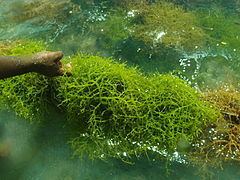
Their growth is similar to terrestrial plant species, where eucheuma have a growing tip, or apical meristem, which is also capable of dividing to form new growing branches. They also show a triphasic lifecycle, consisting of a gametophyte (n) (dioecious), carposporophyte (2n), and the sporophyte (2n). Both the gametophyte and the more robust sporophyte stage are significant to the development of the seaweed, where their characteristics allow for increased vegetative regeneration.
Commercial aspects
Commercial growth of Eucheuma is an important source of income for people living in developing nations, where the production of the low-valued seaweed can be a sustainable source of income with lower environmental costs compared to other sectors of aquaculture. As eucheuma are some of the most common and fastest growing species of seaweeds around, their commercial aspects are visible by large quantities being able to be grown and harvested over a short period of time, possessing the ability to reach ten times their body weight in around 45 to 60 days in warm tropical settings. Once harvested, the product can be dried, packaged, and then transported to areas ready for carrageenan extraction or used as a food supply.
The major producers of eucheuma algae include the Philippines (~92% total global production; 2005 statistics FAO) and China (~7% total global production), including Tanzania and Kiribati. This may be underrepresented as countries including Indonesia and Malaysia, which are also significant producers of these species, do not accurately report their output to the FAO. As eucheuma is commercially important for economic growth, average annual production of total dried seaweeds, including other groups of sea plants, reached nearly 125,000 tonnes in the Philippines alone, by 2000-2004, with a value of approximately $US139 million.
Production techniques
Information based on morphological characteristics, DNA fingerprinting, and growth performance during different cropping seasons, is important in helping eucheuma cropping management, where well performing species may be used for seed stocks. Most seed stocks, at present times, are endemic to the Philippines.
Once seed stocks have been obtained from the wild, they undergo cleaning in order to rid them of dirt and other contaminants, where they are then transferred to nursery sites in Styrofoam boxes with air holes in the top, without exposure to the wind or the sun.
Site selection is vastly important in developing potential seaweed farms, and certain criteria must be met first in order to optimise production. These criteria include suitable current and wave actions to allow for absorption of nutrients, sufficient but not excessive light to allow for optimum photosynthesis, a sufficient water depth not hindered by low tide exposure, an optimum water temperature between 27-30 degrees Celsius, salinity levels of 30-35 0/00, and areas with little presence of grazers, microorganisms, suspended silt, and epiphytes.
Seed stocks are then prepared by tying eucheuma cuttings with soft plastic tying materials to monolines in both the bottom monoline and floating methods, where the nylon lines run parallel to each other at one-meter intervals to allow for water currents to flow through. The seaweed is than harvested 10–12 weeks after planting in order to allow the crop to mature and increase its carrageenan content.
Issues with Eucheuma farming
The farming of eucheuma has raised certain environmental issues, mostly centered on the ecology and biodiversity of coastal environments. The ecology of eucheuma farm sites may be characterized by overcrowding, as other farmers may be attracted to the farming site, eventually exceeding the carrying capacity of the environment. This in turn may change the overall hydrology of the area, impacting on other species that may be present. Domestic pollution from farmhouse waste disposal, may also impact the nearby environment.
